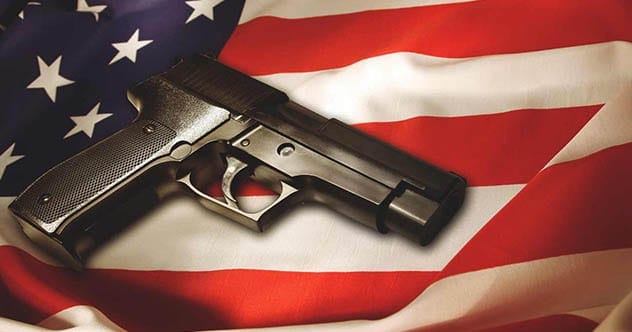In America, the Second Amendment of the Constitution grants people the right to keep and bear arms, a right considered sacred by many. Even those who advocate for more restrictions often acknowledge the importance of self-defense. In fact, with easy access, U.S. citizens own roughly 40% of all guns worldwide, deeply embedding the idea into their culture. This has led to them being known as “gun crazy” in many other parts of the world.
Home Defense Guns Often Don’t Work In Controlled Experiments

Many people in the United States own a gun for home safety, but statistics don’t necessarily support this. Studies show that in many scenarios, people don’t get their gun ready in time. Even when they do, they have to fire as soon as the intruder is in sight to have a reasonable chance. Since the intruder hasn’t committed a violent crime yet, many are unwilling to kill that quickly. Statistics also reveal that in 50% of cases against an unarmed intruder, the homeowner’s self-defense weapon ends up being used against them.
This issue often stems from gun safety and storage practices. Unless actively searching for an intruder, most people don’t walk around with a loaded gun ready, especially with children or pets present. For safety, guns are often locked away, unloaded. This means even with a gun in a convenient spot, you need to unlock it, retrieve it, load it, and be ready in time—potentially while nervous.
Guns In America: Mental Health Is A Big Factor
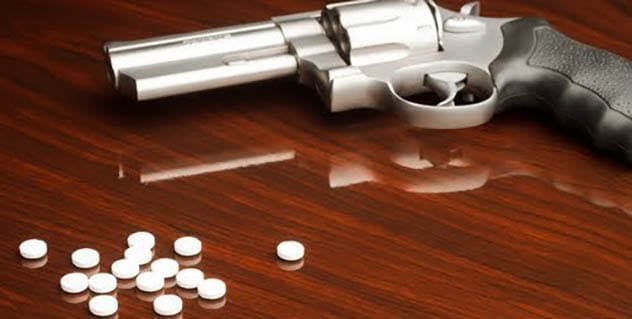
One side of the debate claims that gun control laws won’t help and that mental health is the key issue. The other argues that mental health issues don’t automatically cause people to shoot others and that we shouldn’t immediately blame mental illness after mass shootings. It’s a false choice, as both can be part of a complex problem.
More gun control laws could certainly make it harder for potential killers to acquire deadly weapons, saving lives. However, we must also acknowledge mental health as a factor. While it’s important not to stereotype all mentally ill people as violent, there is nothing sane about randomly shooting a group of people.
Defining “Assault Weapon” Depends On Who You Ask
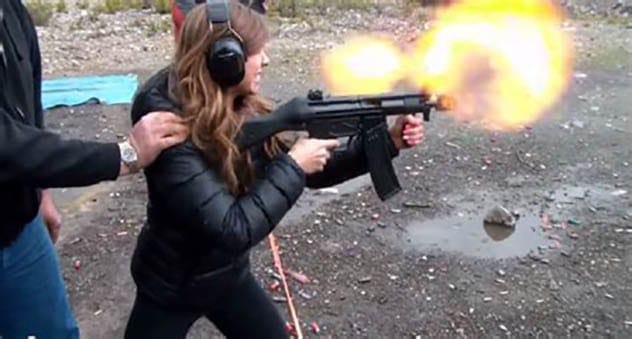
Shootings have become a significant problem in the United States over the past few decades. One of the main issues blamed for mass shootings is the ease with which young men can obtain so-called “assault weapons.” The concern arises from the semi-automatic nature of these weapons, making it easier to harm many people quickly.
Some object to the term “assault weapon” entirely, calling it gun control propaganda. However, many agree on the concept but disagree on the definition. Some argue that assault weapons are any semi-automatic firearm capable of holding a large amount of ammunition or being fed by extended magazines. Others insist that a true assault weapon must have a select-fire mode, switching between semi-automatic and fully automatic.
Accidental Gun Injuries Cause Too Many Deaths Annually
Some feel that mandatory training, similar to that required for owning a car, is the most important thing ignored in the gun control debate. Advocates for this type of regulation are concerned about the preventable gun accidents that result in nearly 1,000 deaths each year in the United States—about 2.5 deaths per day.
While some argue that this accounts for only 3% of gun deaths in the United States and isn’t worth stricter firearm regulations, others argue that simple training wouldn’t infringe on anyone’s rights and could reduce the number to almost zero. These accidents often involve unexpected gun discharges or mishandling by children or animals. Proper firearm storage and locking mechanisms could prevent these incidents.
“Silencers” Are Suppressors, Not True Silencers
A common movie trope shows assassins using silenced handguns to take out targets almost silently. However, the term “silencer” is a misnomer. These devices don’t truly silence guns; they only reduce the sound to more tolerable levels. This is why they are often called suppressors.
The amount of energy released through a gun barrel is too high to completely eliminate the sound, even with a large attachment. While movies often depict silenced pistols used for stealthy kills, in reality, suppressors primarily protect the user’s ears.
The 2nd Amendment Allows For Reasonable Restrictions
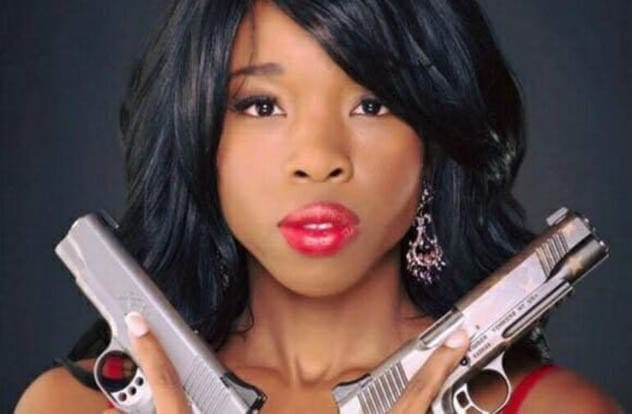
The Second Amendment of the United States Constitution is arguably the most controversial paragraph in modern history. Arguments over its interpretation are highly contentious. Some purists argue that the right to keep and bear arms cannot be infringed upon at all, meaning no restrictions on gun ownership are constitutional.
However, many others believe that the Second Amendment does allow the government to create reasonable restrictions—a view supported by right-leaning Supreme Court Justice Antonin Scalia. The key question is determining how many restrictions are too many and which ones infringe upon citizens’ rights to keep and bear arms.
Firing Accurately With Two Guns Is Impossible
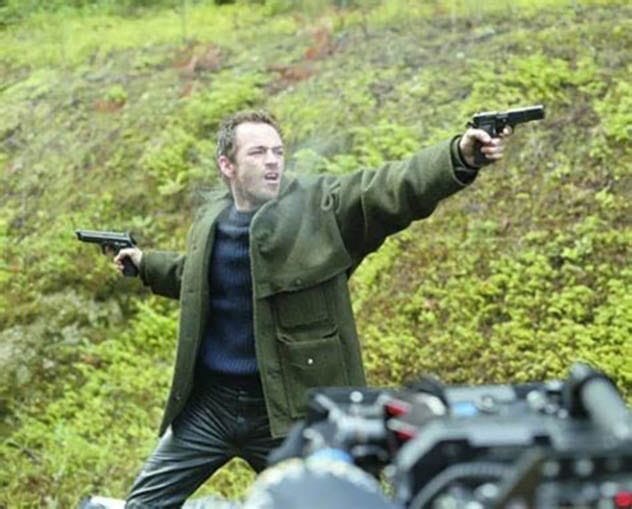
Despite America’s familiarity with guns, popular action movies often portray them unrealistically. A common trope is heroes dual-wielding handguns in shootouts. Popularized by franchises like The Matrix, this idea is quite impractical. Reloading two handguns at once is nearly impossible.
Additionally, accurate aiming is compromised. It’s nearly impossible to accurately shoot in two directions simultaneously due to the limitations of human eyesight. Therefore, firing two handguns at once would be wildly inaccurate and waste ammunition.
Police Don’t Aim For Legs/Arms For Good Reason
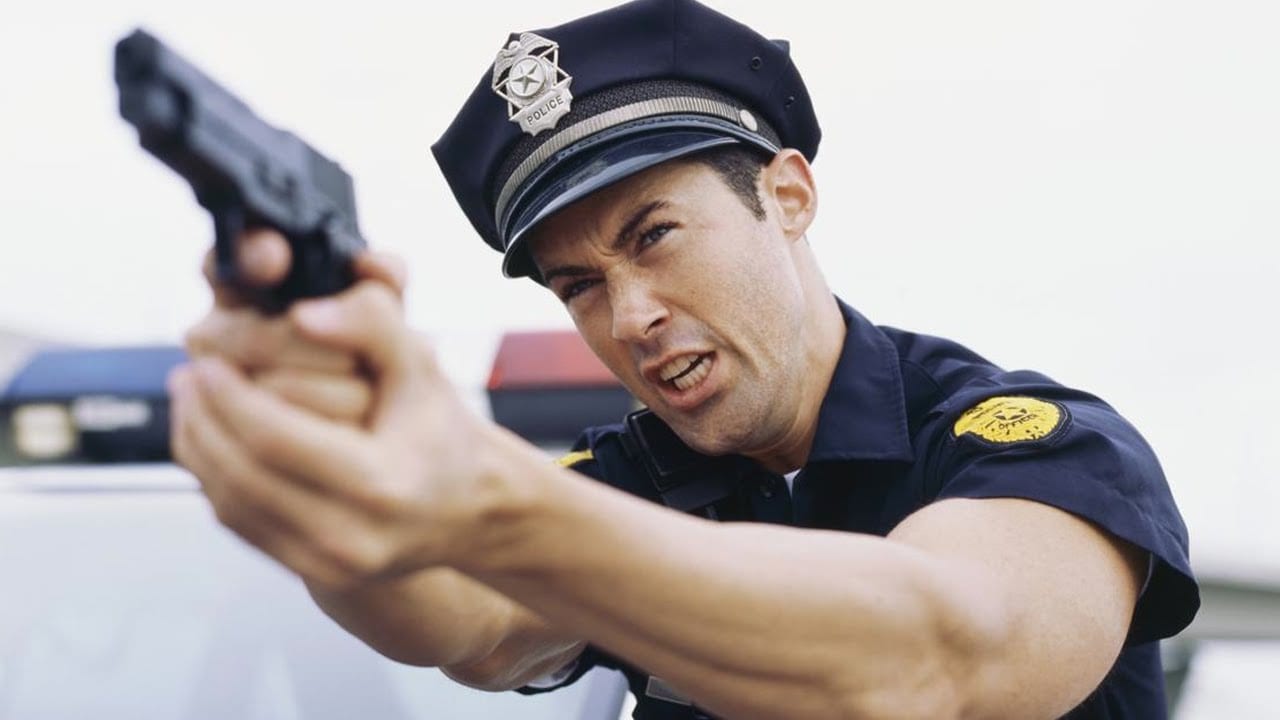
Many outside the United States question why American police don’t aim for less fatal areas like arms or legs but instead shoot center mass. In most other countries, police are trained to aim for non-fatal shots when possible. This difference is due to concerns for officer safety.
American police are trained to aim for shots that are more likely to be fatal because so many Americans own firearms. In situations involving firearms, reaction time is minimal, and a shot to the leg or arm may not stop someone from shooting back. In countries where guns are rare, police can safely disable someone with a knife by shooting them in the leg.
Black On Black Gun Crime Stats Can Be Misleading

Some use black on black gun crime statistics to argue against further gun restrictions in the USA. While these statistics exist, they don’t always provide a full picture. Looking at statistics without context can lead to incorrect conclusions and can be used manipulatively.
These statistics often highlight high crime rates in segregated, predominantly black areas affected by poverty. The reason isn’t animosity between black individuals, but rather the correlation between poverty and violent crime, especially in densely populated areas.
Violent Gun Deaths Are Decreasing Over Time, Despite Mass Shootings
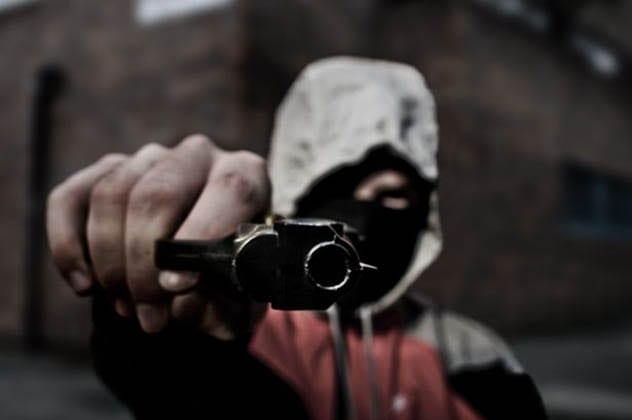
Mass shootings are a controversial topic, and many people feel the situation is out of control. However, research indicates that overall gun homicides have remained relatively stable since the 2000s, despite mass shootings. From 1993 to 2000, there was a 0.7% decrease in gun homicides.
Since 2000, while mass shootings have increased, overall gun homicides have remained steady at around 11,000 to 12,000 per year. Suicides by firearm have increased, although overall suicide rates have not. This suggests that those inclined to violence with guns may be more likely to do it in a single event, and those who want to end their lives are more likely to use a handgun.
These facts offer a glimpse into the complex world of guns in the USA, from misperceptions about home defense to the nuances of interpreting crime statistics. Understanding these issues is essential for informed discussions and policy-making.
What are your thoughts on these facts? Leave your comment below!


